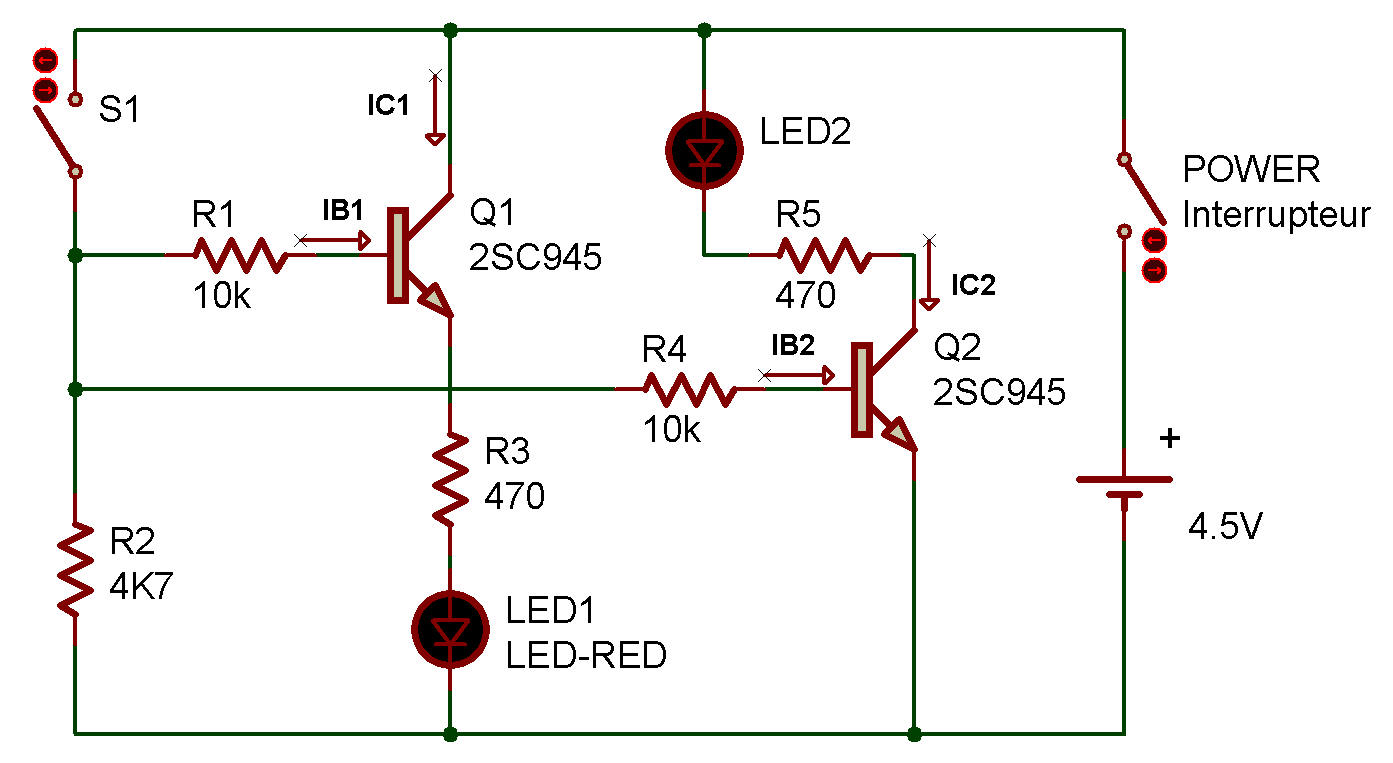
Operation Modes - An overview of the four possible operating modes of a transistor.Extending the Water Analogy - Going back to the water analogy to explain how a transistor acts like a valve.Symbols, Pins, and Construction - Explaining the differences between the transistor's three pins.This tutorial is split into a series of sections, covering: We won't dig too deeply into semiconductor physics or equivalent models, but we'll get deep enough into the subject that you'll understand how a transistor can be used as either a switch or amplifier. Covered In This TutorialĪfter reading through this tutorial, we want you to have a broad understanding of how transistors work. In quantities of thousands, millions, and even billions, transistors are interconnected and embedded into tiny chips to create computer memories, microprocessors, and other complex ICs. If your devices are actually not TTL but CMOS, you may still be able to connect them without a conversion circuit, but noise margin will be reduced because the CMOS switching threshold is V cc/2 rather than a fixed voltage level.Īs you see from the chart, you cannot reliably use a 3.3 V TTL signal (or even 5 V TTL) signal to switch a 5 V CMOS input, so for either of those situations you would need a converter circuit as outlined by the other answers here.In small, discrete quantities, transistors can be used to create simple electronic switches, digital logic, and signal amplifying circuits. This figure, from the TI app note, " Selecting the Right Level-Translation Solution", shows that the specified input, output, and threshold levels are the same for 5 V and 3.3 V TTL circuits:

To be absolutely sure, check the minimum V ih of your 5 V TTL device and make sure this number is less than the minimum V oh of your 3.3 V device.


Therefore no conversion circuit is needed to drive a 5 V TTL input with a 3.3 V logic signal. The input is digital at 3.3V and should output 5V TTL levels.įor this situation you very likely do not need any conversion circuit at all.īoth 3.3 V and 5 V TTL logic switch with a threshold of about 0.8 V.


 0 kommentar(er)
0 kommentar(er)
